Different form factors for different athletes. In addition to the LinkBuds Fit in-ear headphones, Sony has completed its range of true wireless headphones for sports activities with these LinkBuds Open (180 euros). Fully open, they respond to a current trend allowing you to listen to music without ever being isolated from your environment. Some brands have broken their teeth in terms of audio quality, such as Xiaomi, Shokz or even Bose, while Nothing had managed to deliver a successful product with its Ear (open). We tell you everything about the Sony LinkBuds Fit in this test.
A benchmark in the audio market, particularly thanks to its high-end WF-1000XM5 model, Sony had to respond to its competitors in style, especially since the LinkBuds Fit are generally successful in their price range (200 euros).
Light and very stable
For 20 euros less, the big thing missing from the LinkBuds Open is obviously active noise reduction, which has no place on this type of earphone designed to stay alert to your surroundings. The materials, design and finish are very similar to the Fit. If plastic is omnipresent, its assembly is impeccable.
The case plays between matte and glossy finish and is slightly more compact than that of its cousins (46 X 46 x 29.4 mm for 30.6 grams). Despite everything, its thickness of almost 3 centimeters does not help it to be discreet in a trouser pocket.
The earphones themselves are logically very different. Only the hollow and flexible lug system is taken from the Fit. It is used to hold the earpieces perfectly in place despite our movements. The process is effective as demonstrated by our test during a running session where nothing moves (they are also IPX4 certified).
It is rather on the side of the tip that the notable difference is located since it takes the form of a circle (or a donut as Simpsons fans would say) which fits into the entrance of the ear canal. The perforations all over the rim let the sound from the transducer pass through, while the hole in the center lets the sound from the environment pass through. It’s clever and what’s more, it’s comfortable, since the earphones weigh only 5.1 grams.
Our opinion on the application: complicated, but extremely complete
The LinkBuds Open are compatible with Bluetooth 5.3 (with Google Fast Pair) and therefore offer all these advantages such as LE Audio to easily share the connection or the new LC3 codec which complements the traditional AAC and SBC. A touch surface on each earbud allows you to control music playback and other customizable features (volume, track change, etc.) in the ever-complete Sound Connect application.
We particularly love the extended touch surface system that includes the controls when you tap on an area around the ear like on the Targus. Ultra practical when you're running and it's difficult to be precise in your gestures.The application also gives access to a multitude of other settings: multipoint connection, activation of the wearing sensor, automatic pausing when talking, automatic volume adjustment based on outside noise, etc.
On this side, Sony never really disappoints, despite an application with a sometimes messy interface that you should not hesitate to use for a long time to grasp all its subtleties.Perfect management of form factor constraints
But it is especially concerning the audio quality that our doubts were directed, since the exercise has only been successfully achieved by a few brands with this type of fully open form factor. To achieve this, Sony has equipped its LinkBuds Open with large 11 mm transducers with neodymium magnet and its V2 chip, the same one that equips its high-end WF-1000XM5 model.
Enough to keep its bet of providing a sound quality that lives up to the brand's reputation. Of course, as always with this format, the bass is not the most celebrated frequency. Despite everything, it is still present and we do not feel frustrated at all from this point of view. It is already a performance in itself. The very forward low mids give an appreciable foundation to the voices in the mids, while the treble is also slightly set back giving a rather dull sound sensation. But nothing really came to spoil our favorite tracks that we usually listen to for our tests.
Sony even adds another layer by taking advantage of this open format to offer very nice spatialization. The soundstage is wide, deep and airy, much more than on a large majority of in-ear headphones. We even regret that the audio qualities of these LinkBuds Open are too limited to provide perfect separation of instruments, the result would have been impressive.
Test of performances as a hands-free kit
Like all models that do not isolate from the outside, these headphones also seem designed for hands-free telephone use; they offer the advantage of not hearing your voice resonate in your skull. Here too, it is successful for Sony since the microphones perfectly capture our voice, even when noise is heard all around. Of course, artifacts appear because of the elimination of background noise, but the words remain intelligible despite everything.
Without active noise reduction to manage, the LinkBuds Open promise 8 hours of use between two charges. Our real-world test allowed us to exceed this performance with 8 hours 20 minutes. With the charging case, Sony announces 22 hours of total use. A 3-minute charge of the earphones allows for an additional hour of use if you ever run out of battery at the wrong time. Finally, the case recharged in about 1 hour 30 minutes via its USB-C port (no wireless charging), with a very short USB-A to USB-C cable provided.

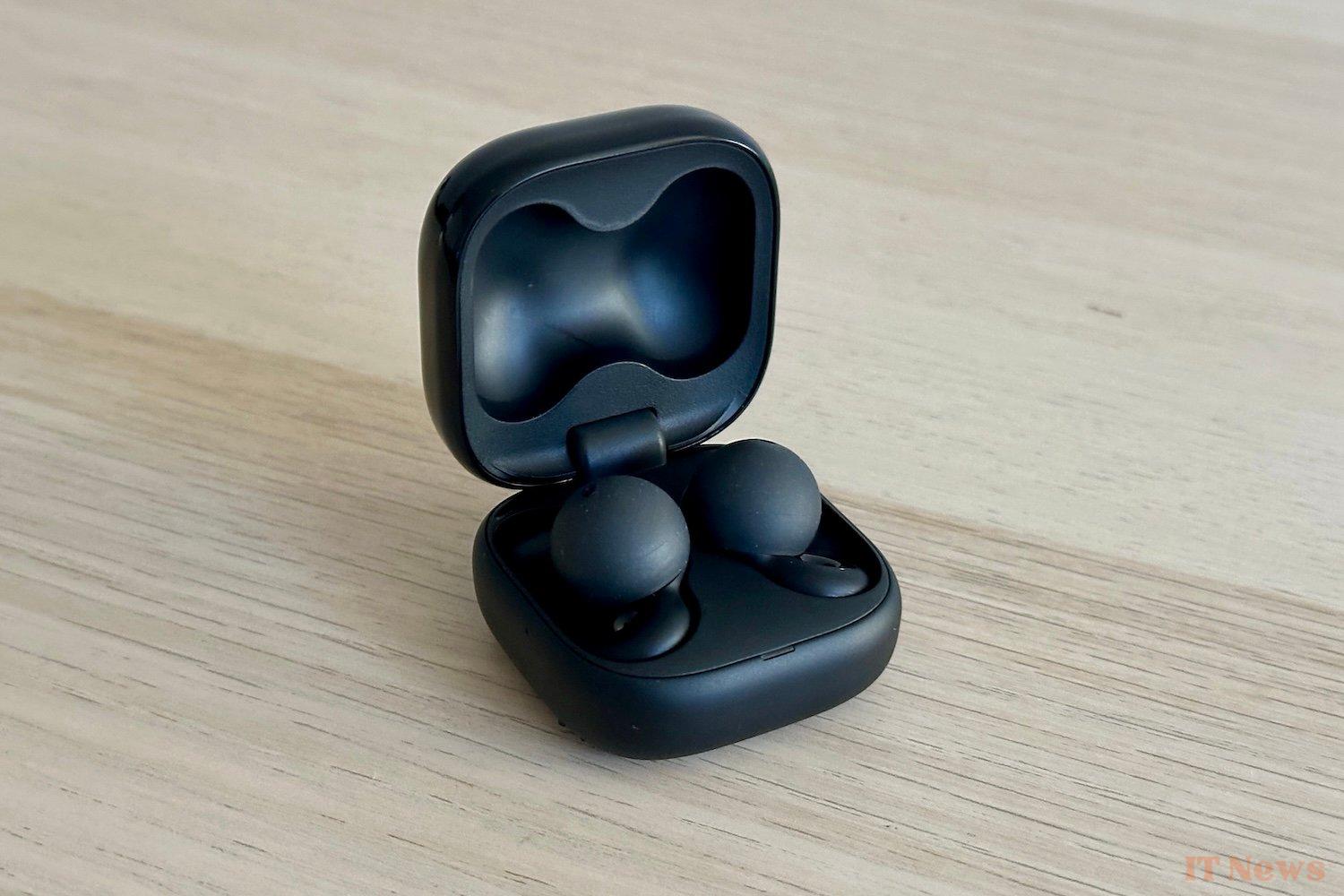
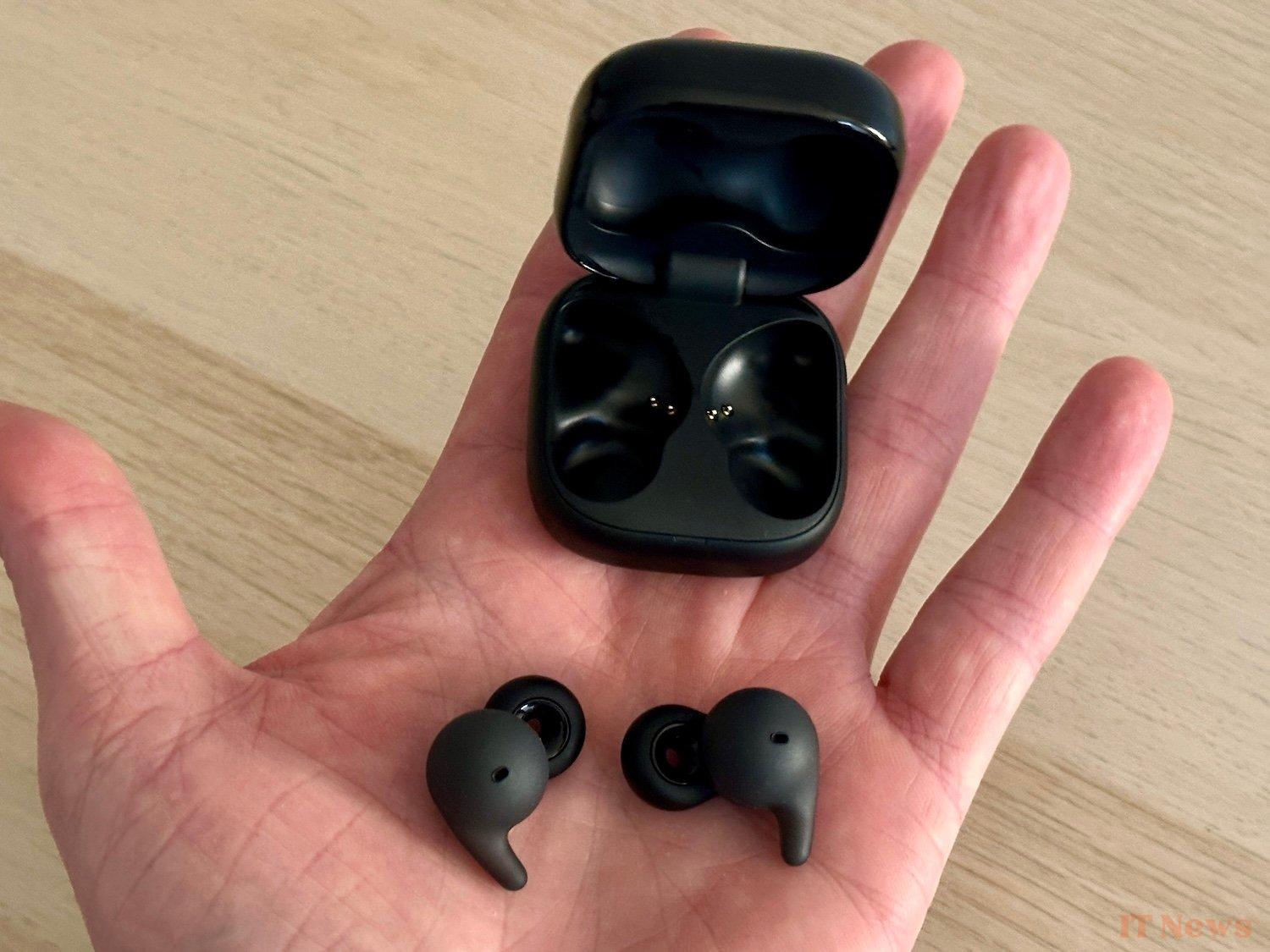
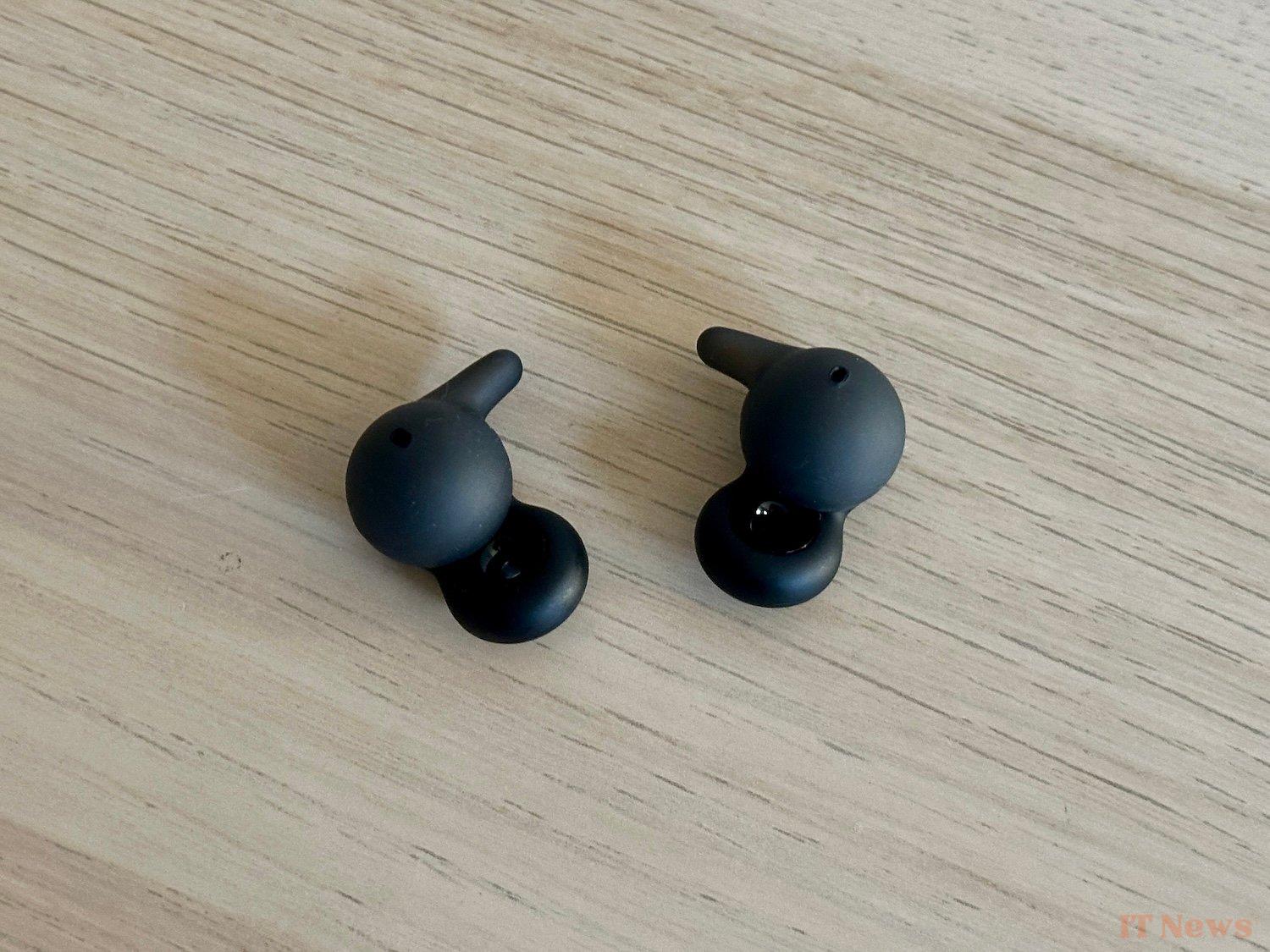
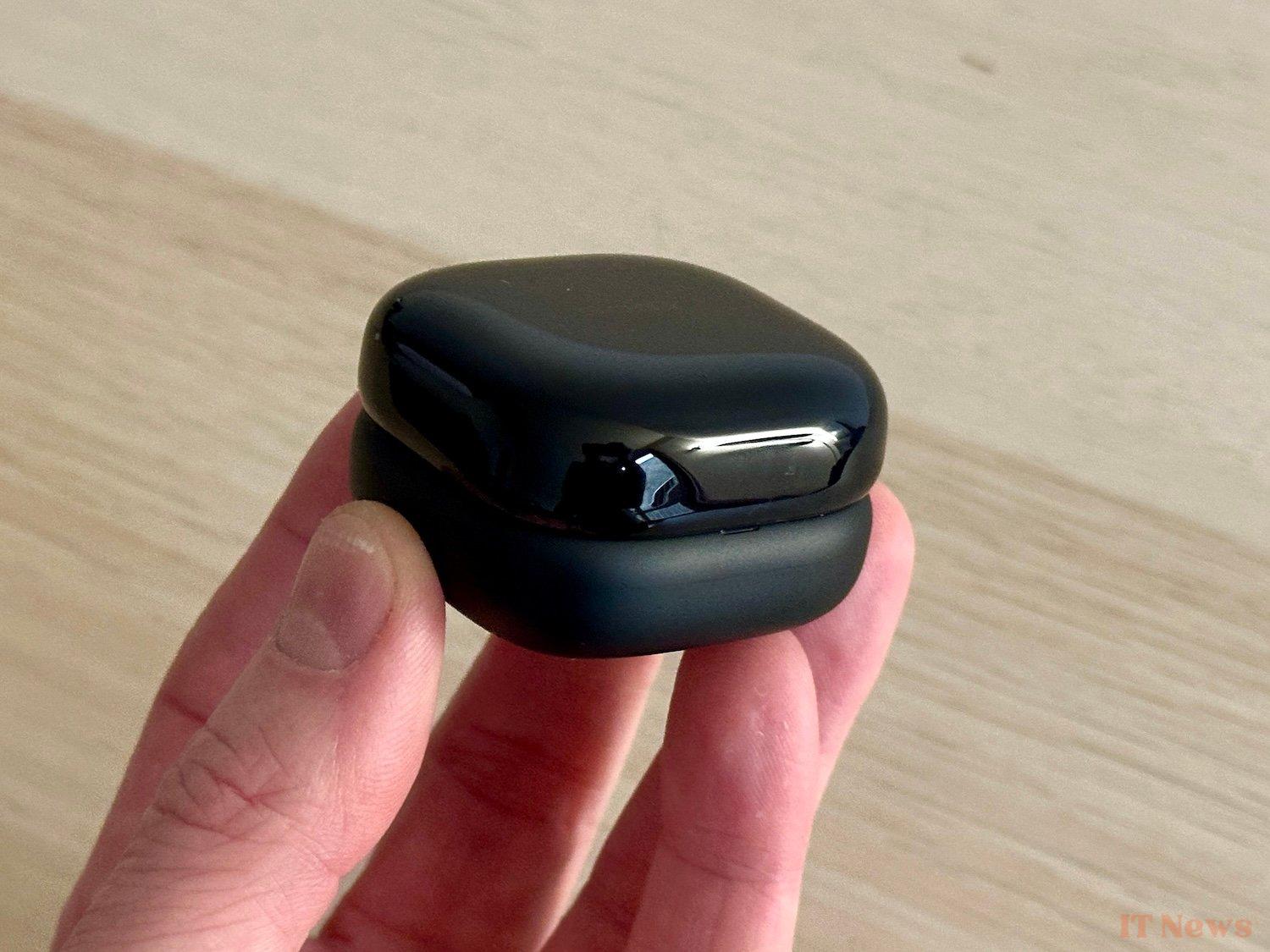
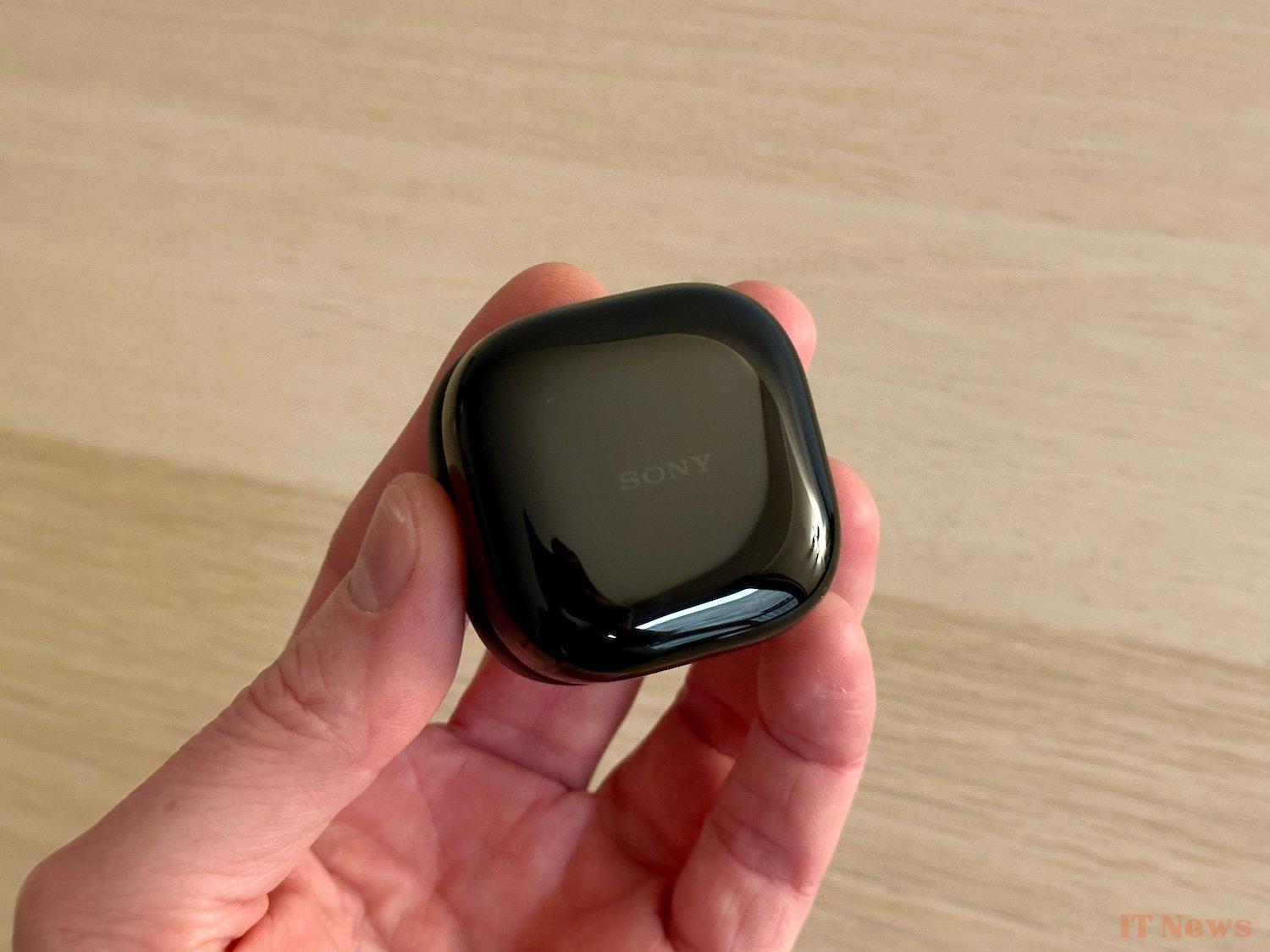
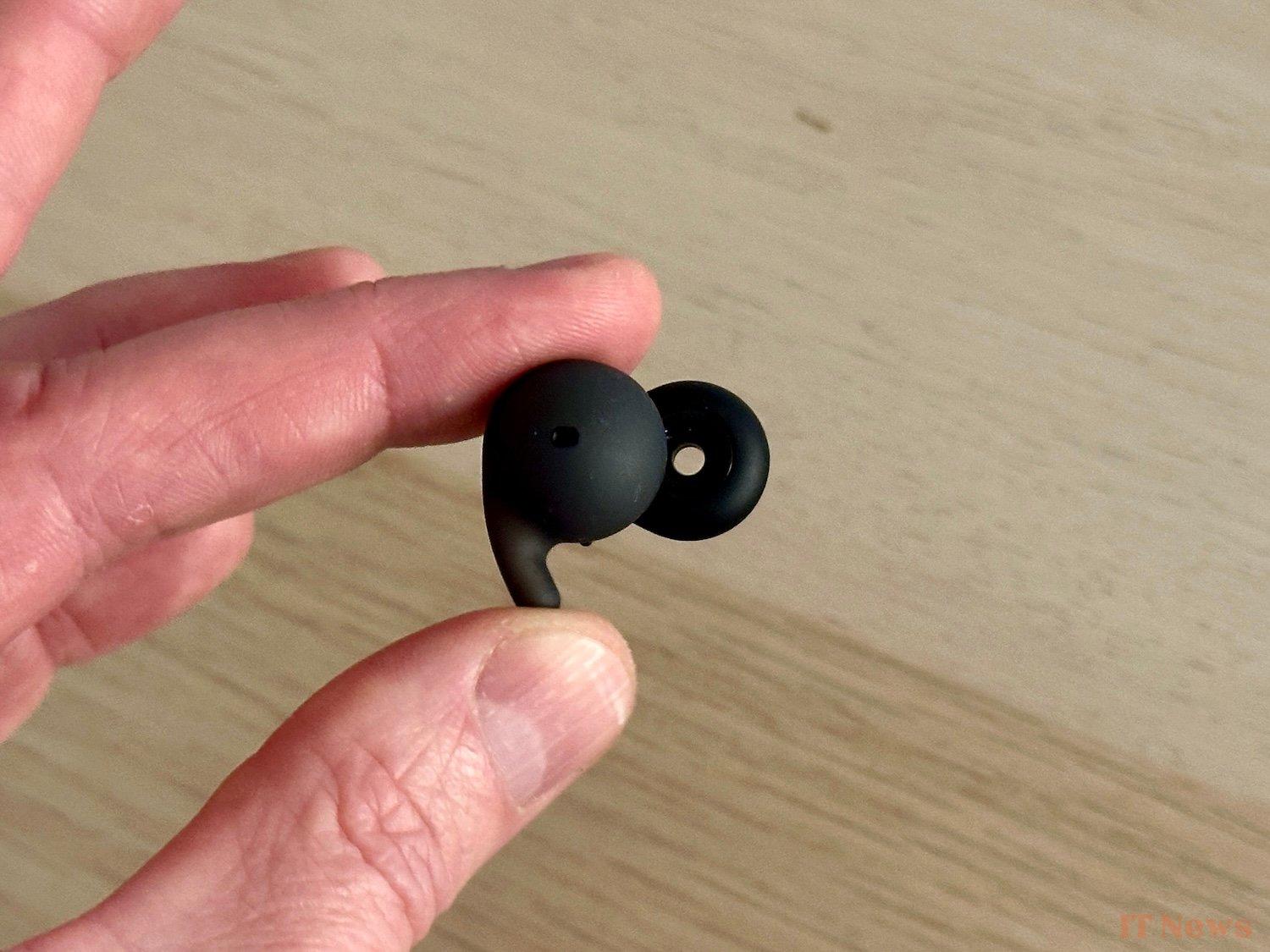
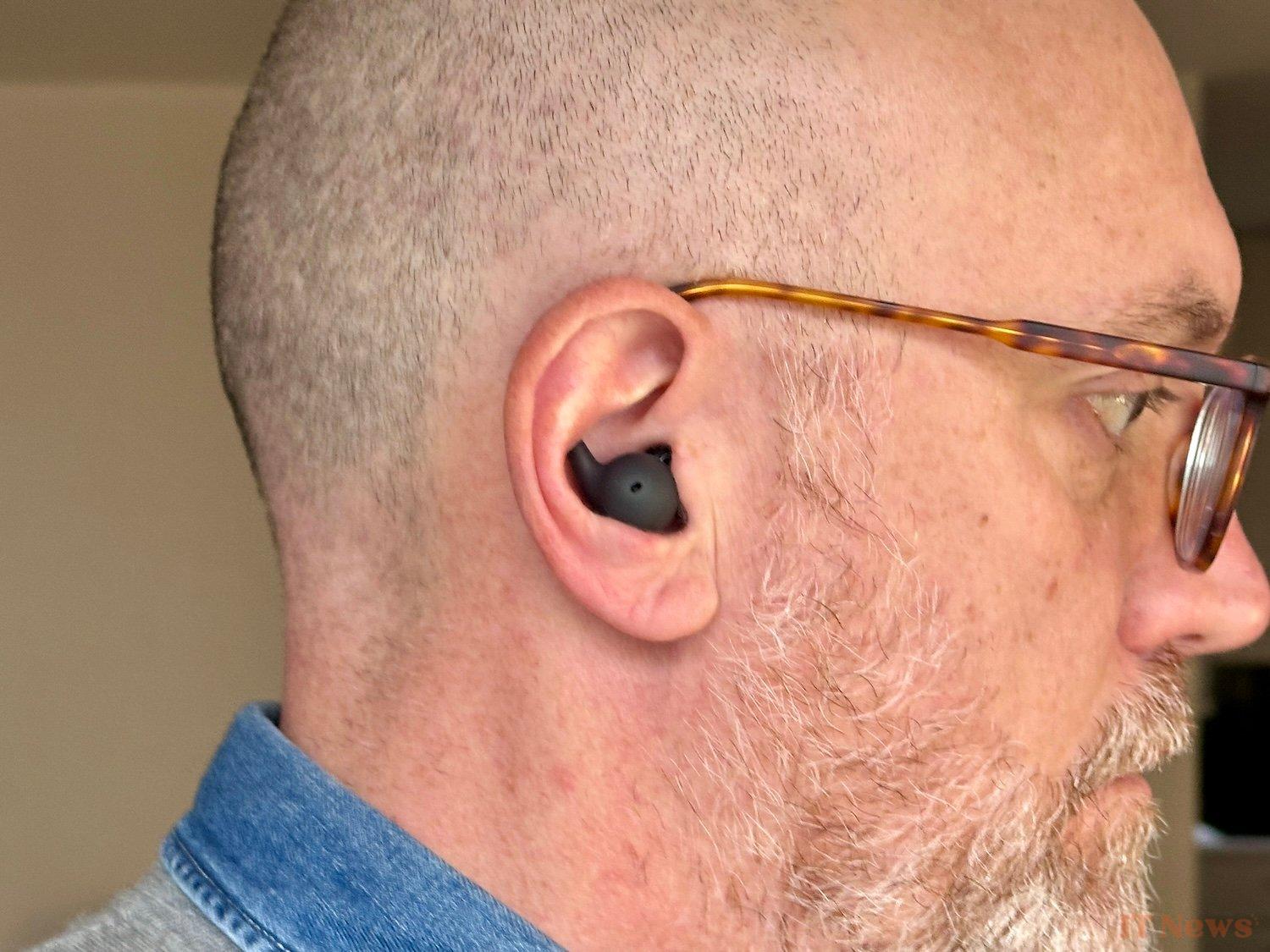
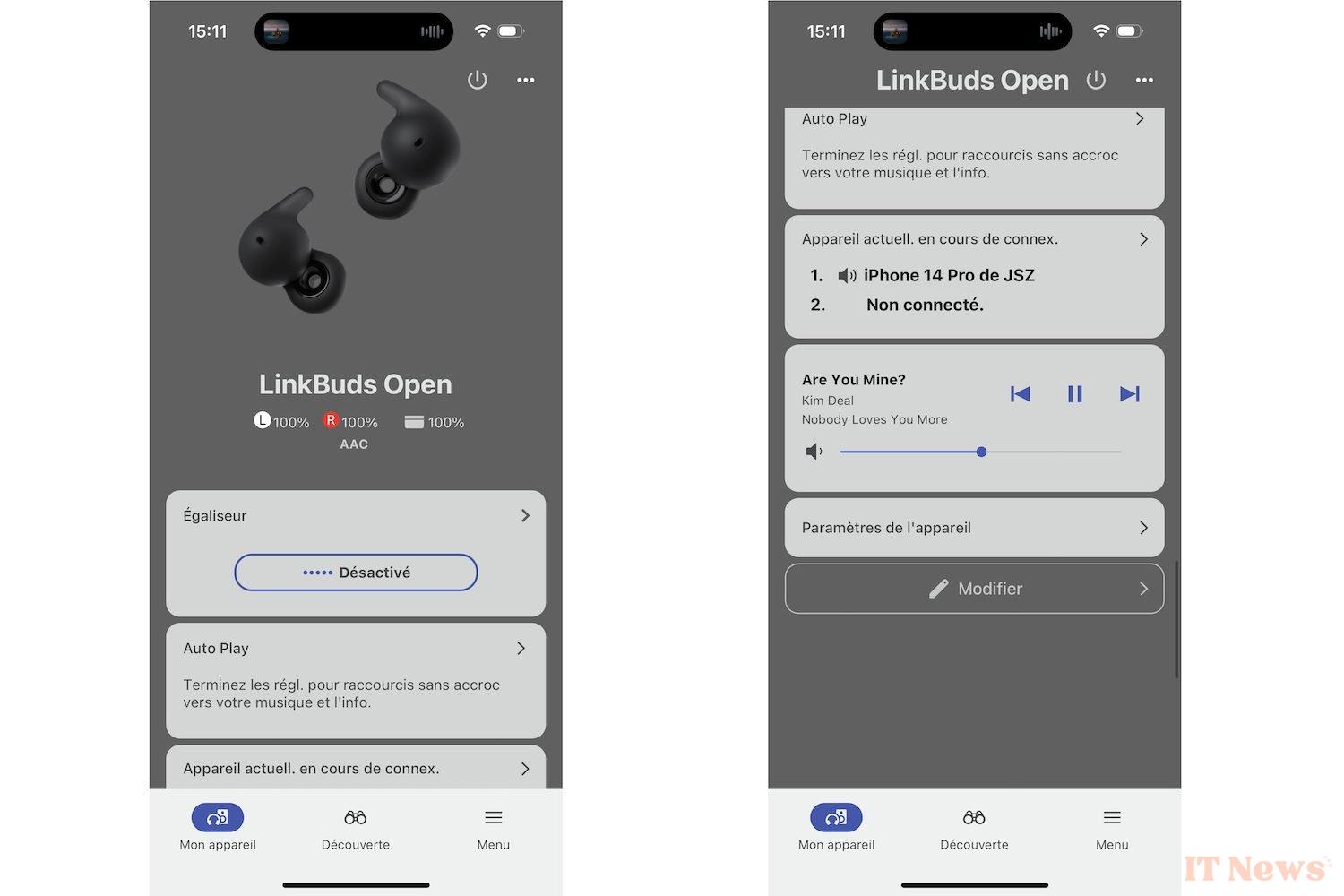
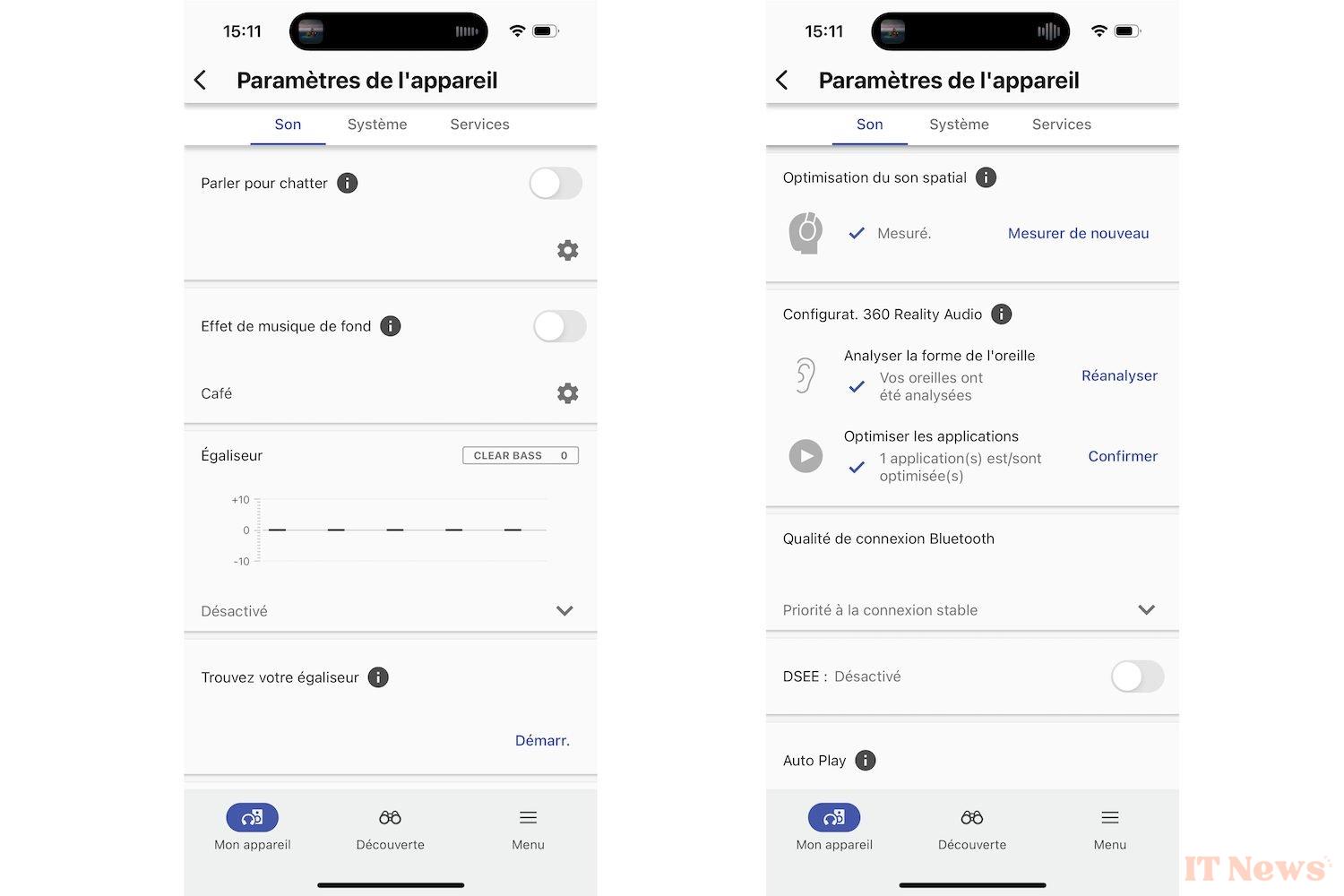
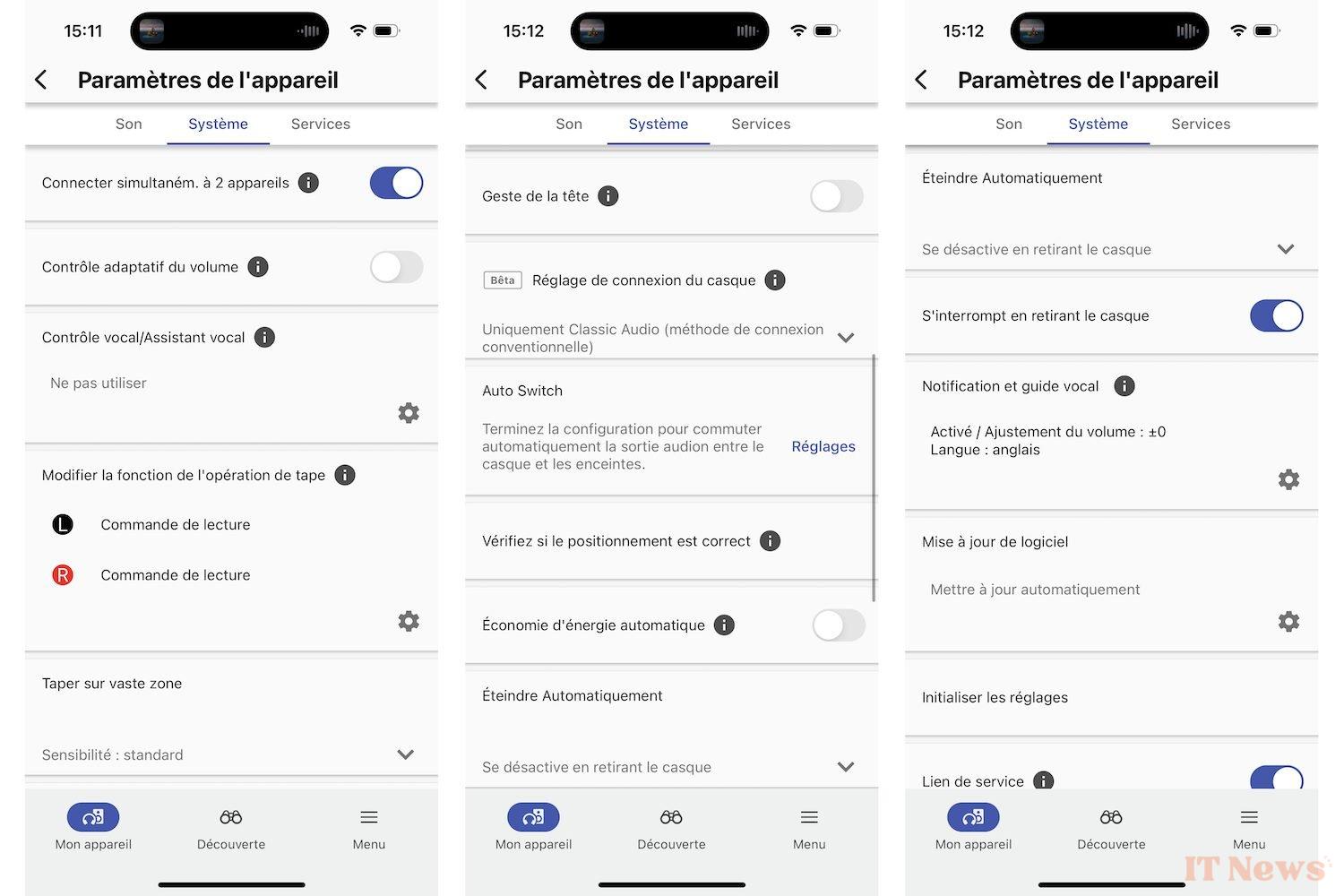
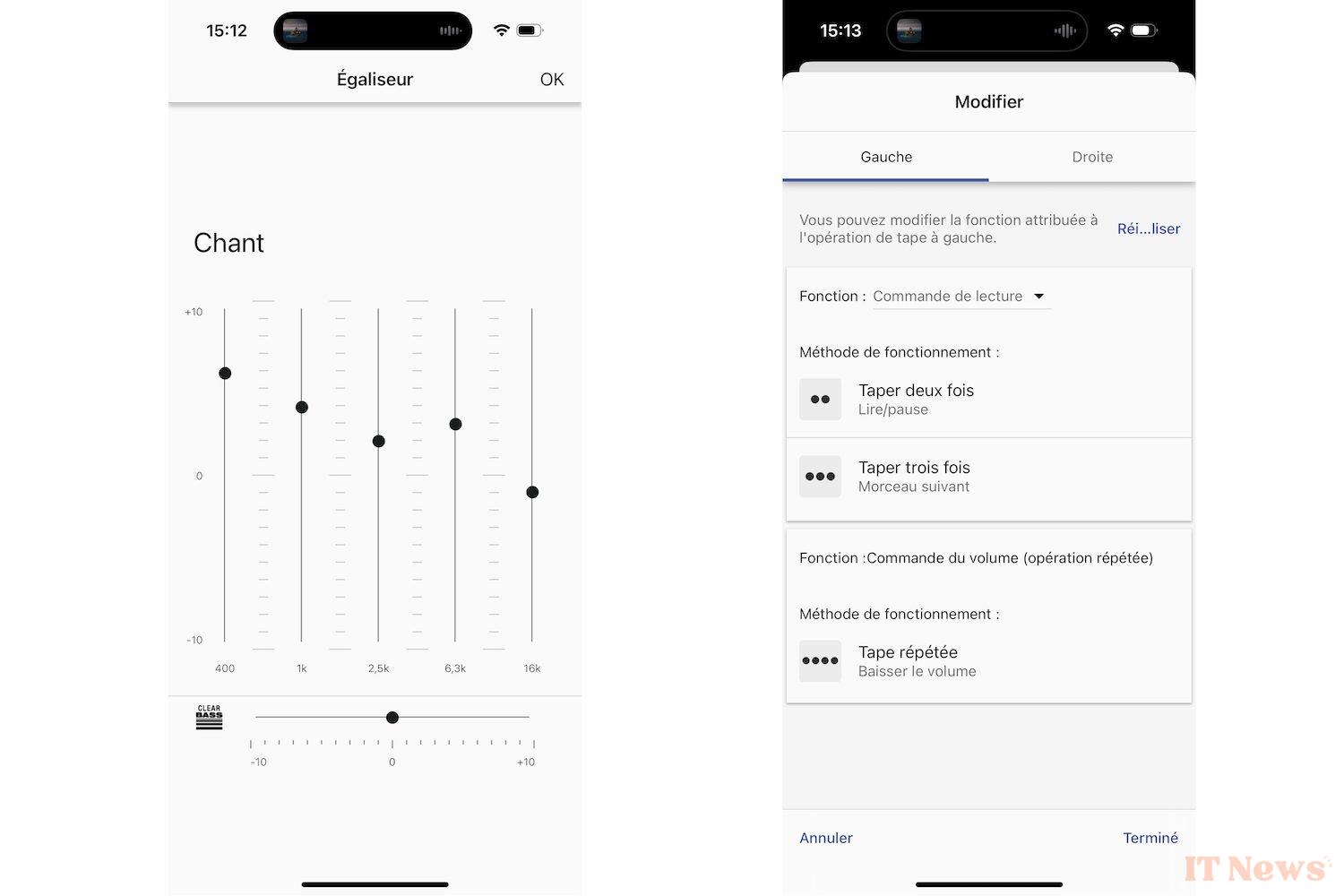
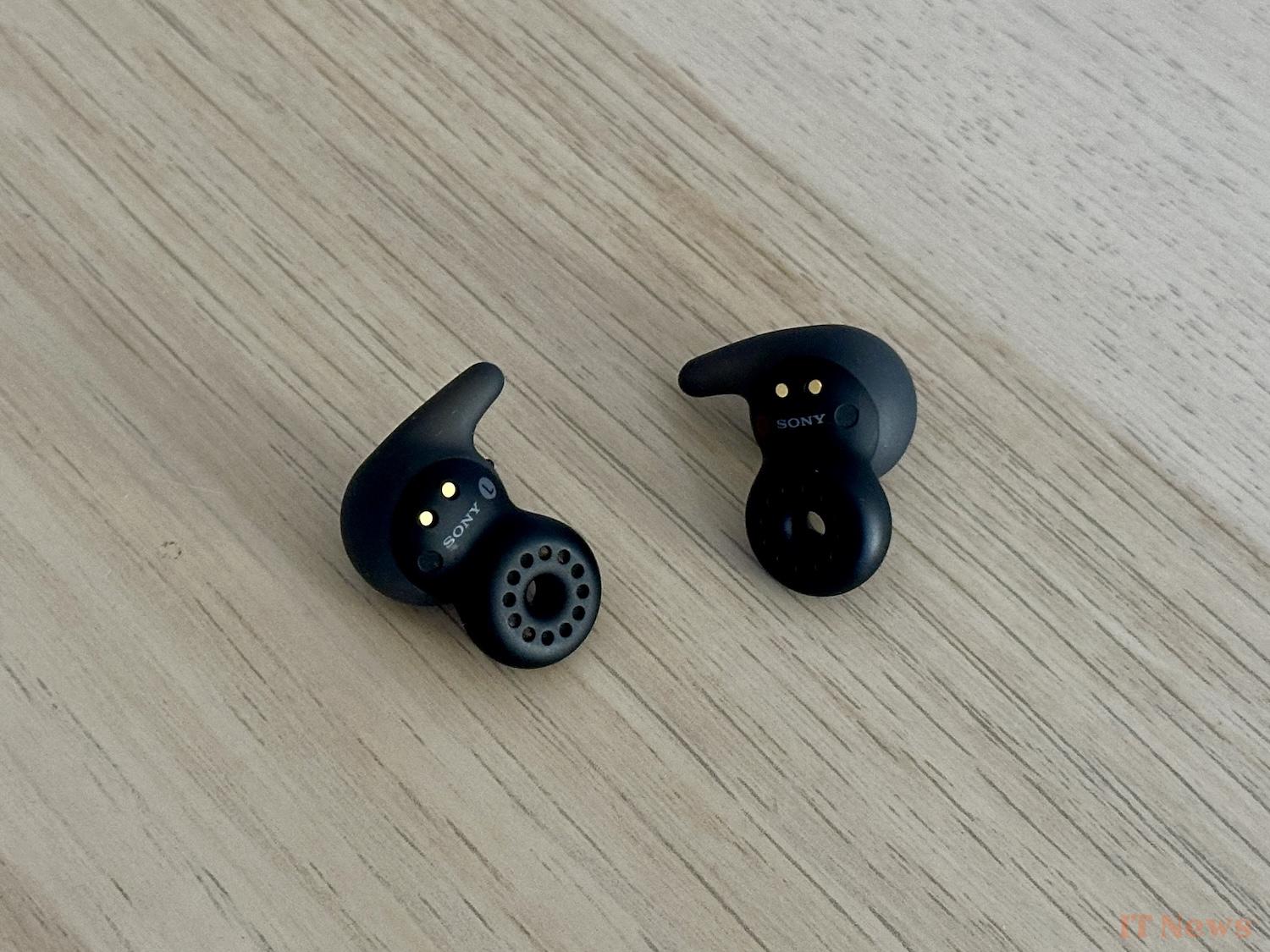
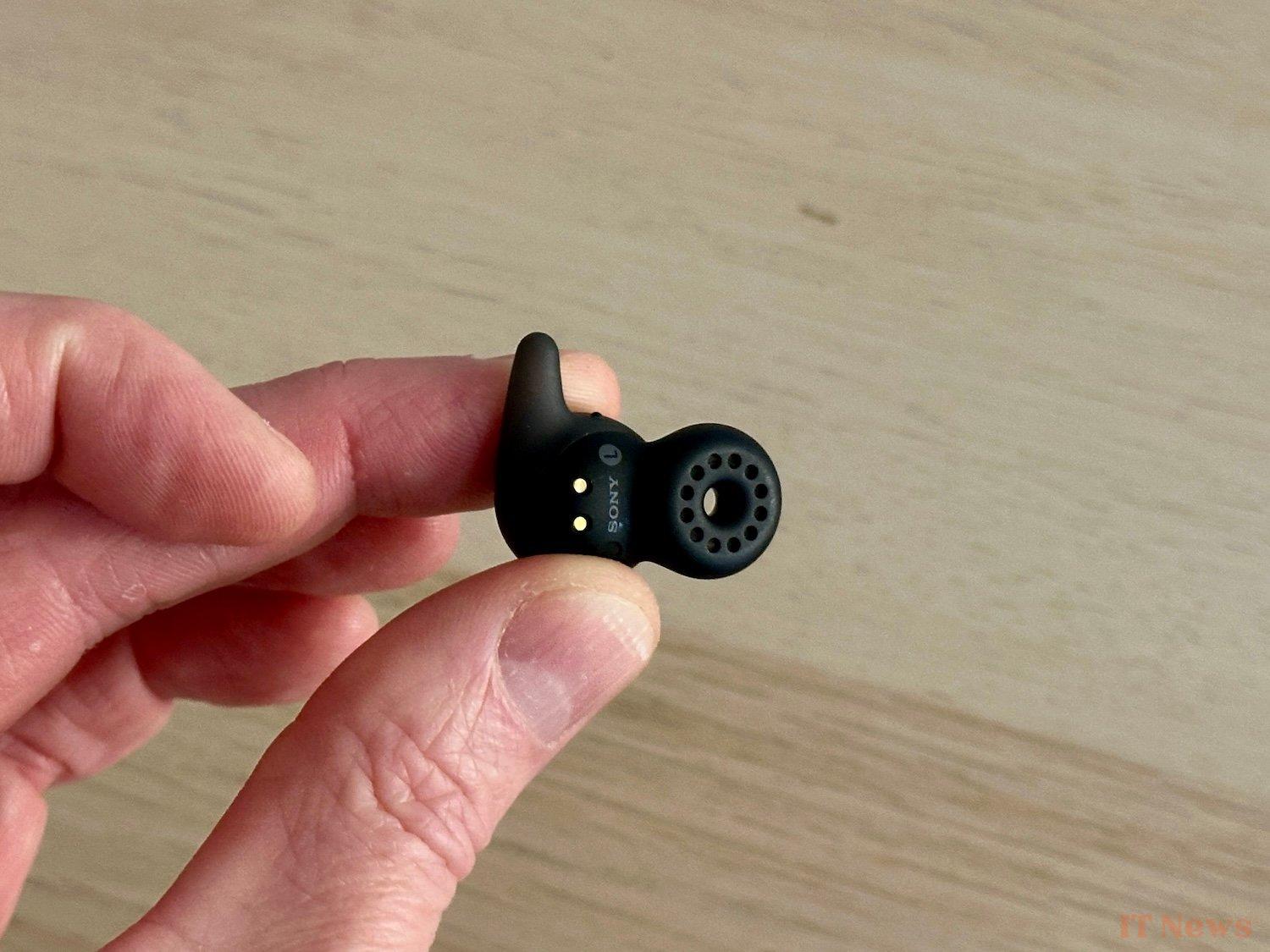
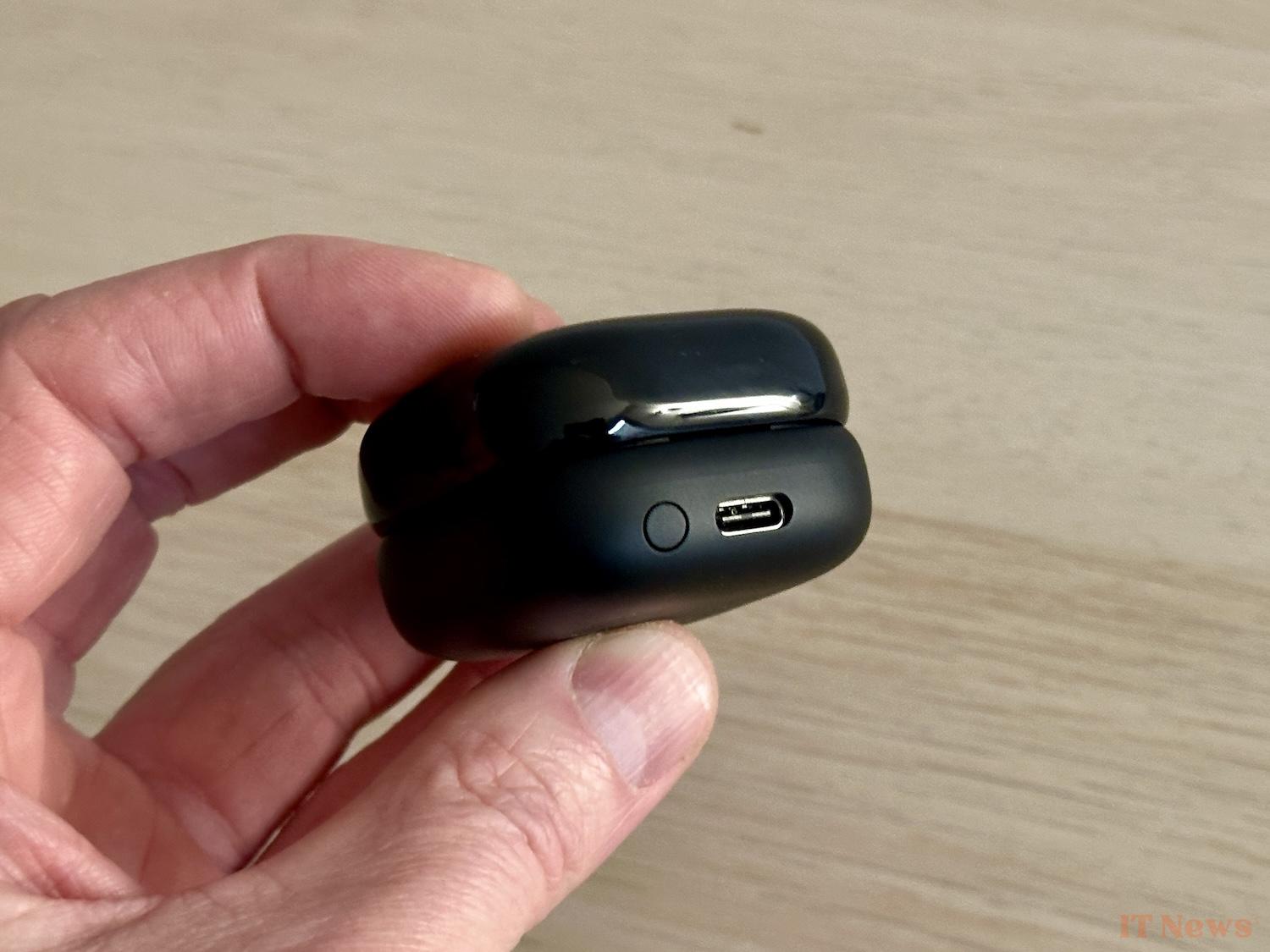

0 Comments